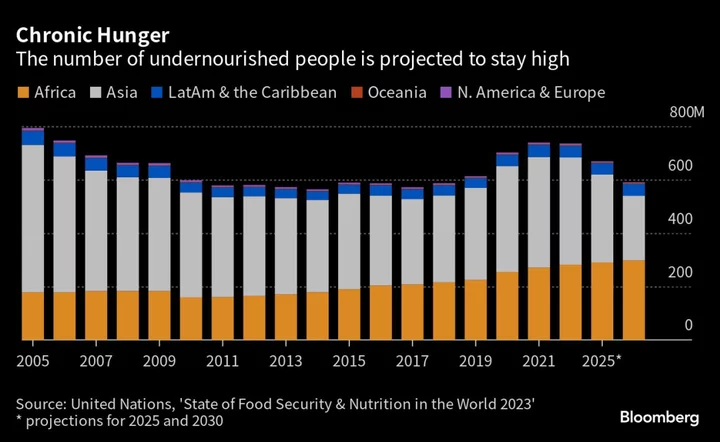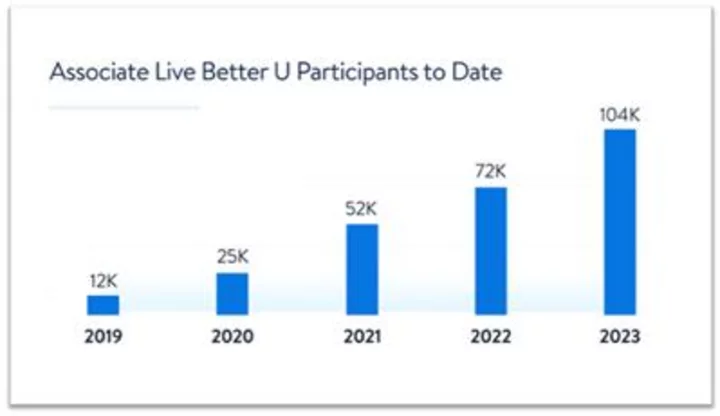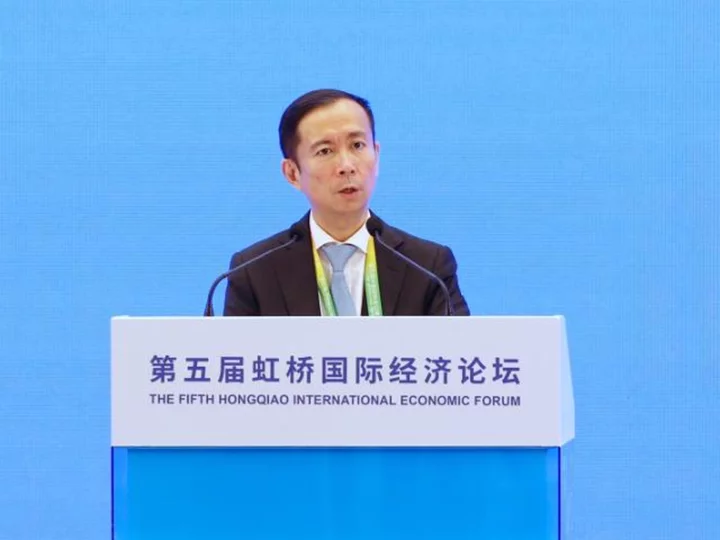The world risks losing its battle to end hunger by the end of the decade, despite signs that the crisis has stopped worsening.
The lingering fallout from the pandemic and Russia’s war in Ukraine means about 735 million people — or 9.2% of the population — were undernourished in 2022, according to United Nations agencies. While that’s slightly less than a year earlier, it was 122 million more than in 2019 and means the world remains far off a target to eradicate hunger by the end of this decade.
Access to food is being stifled by the prolonged impact of the Covid crisis on incomes and economies, as well as soaring food and energy costs that have been compounded by the war in Ukraine. The rising cost of a healthy diet and inflation also mean about 2.4 billion people were without access to nutritious, safe and sufficient food all year round, the agencies said in an annual report.
“We face significant challenges and we must redouble our efforts if we’re going to end hunger,” Cindy Holleman, a senior economist at the UN’s Food & Agriculture Organization, said at a press briefing in Rome. “We need to build economic resilience, build in measures to protect the most vulnerable.”
Almost 600 million people will still face hunger in 2030, 119 million more than in a scenario in which neither the pandemic nor the war in Ukraine had occurred, the report showed. That means the world is a long way off a goal to eliminate hunger by that year.
Hunger was still rising in western Asia, the Caribbean and throughout Africa last year. While most undernourished people live in Asia, the continent has made progress in reducing hunger, as has Latin America, the UN agencies said.
“It’s a very unequal story,” Allison Oman Lawi, deputy director for nutrition at the World Food Programme, said at the briefing. “The poor and the dispossessed and those that are dealing with intersecting inequalities — be that pandemics or HIV or droughts or recurrent floods — are the ones that are getting the hardest hit.”
The number of undernourished people globally — defined as those regularly without enough calories to lead a normal and healthy life — is a midrange of estimates between 691 million and 783 million people.
The UN’s flagship State of Food Security and Nutrition in the World report was jointly produced by the the FAO, the WFP, the International Fund for Agricultural Development, Unicef and the World Health Organization.
(Updates with UN official comments in fourth and seventh paragraphs.)









